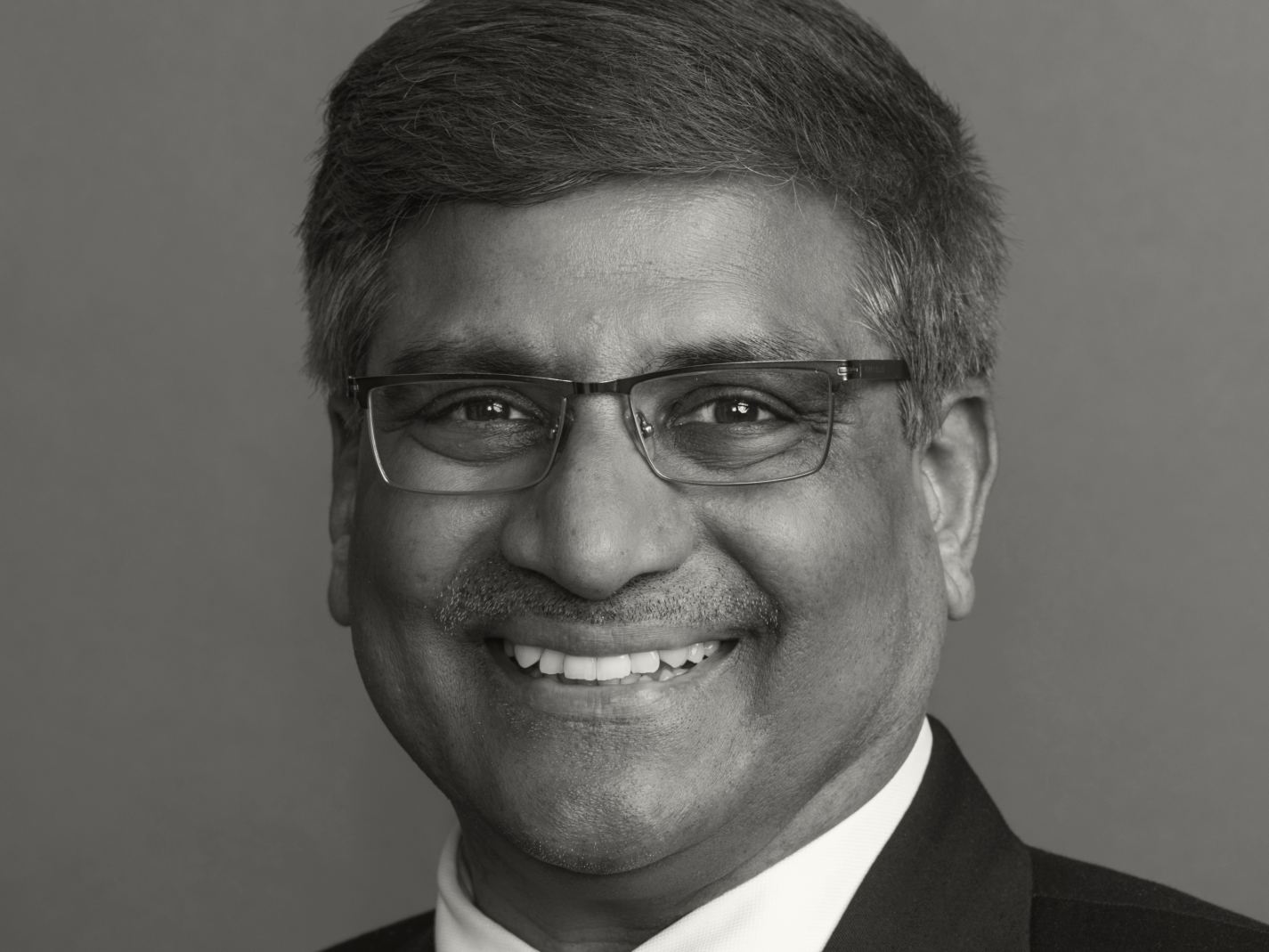
My recent article on Minding the Campus examined a paper by National Science Foundation (NSF) director Sethuraman Panchanathan, published by the Association of Computing Machinery (ACM). ACM refused to investigate Panchanathan’s uncited copying from a paper published by the Institute of Electrical and Electronics Engineers (IEEE).
The PubPeer website reported that Panchanathan wrote an October 2015 IEEE paper that copied from an August 2015 ACM paper. Side-by-side examples show the ACM version paired with the IEEE version:
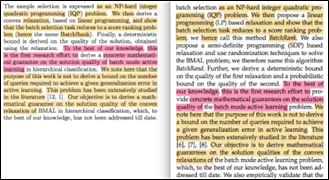
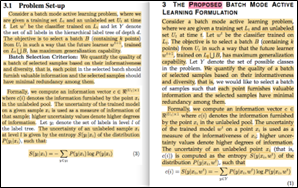
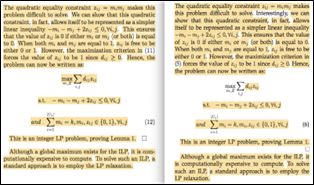
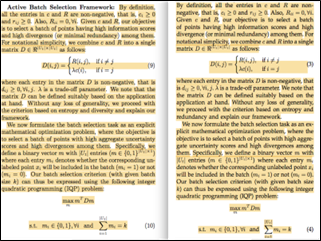
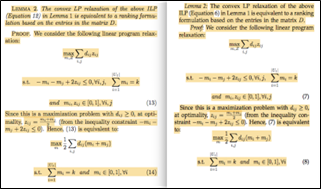
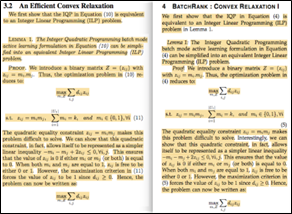
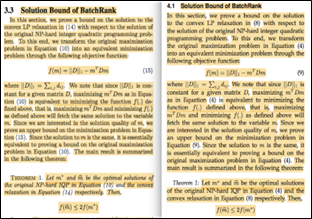
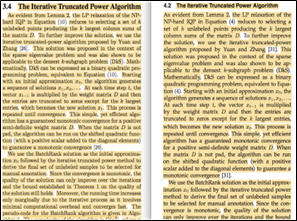
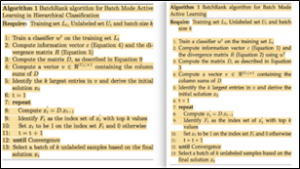
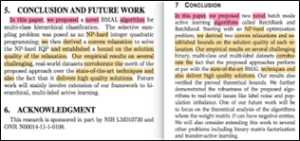
The IEEE version announced the following:
To the best of our knowledge, this is the first research effort to provide concrete mathematical guarantees on the solution quality of the batch mode active learning.
The ACM version claimed the following:
To the best of our knowledge, this is the first research effort to derive a concrete mathematical guarantee on the solution quality of batch mode active learning.
ACM co-author Adepu Ravi Sankar was omitted in the IEEE version, so it is reasonable to ask the following questions: did the NSF director plagiarize Sankar’s words? Did he infringe ACM’s copyright? Did he make false or misleading claims of novelty? Did he knowingly withhold citations to conceal the duplication from reviewers and readers?
[RELATED: NSF Director Accused of Copying Research Without Credit. No One Will Investigate.]
Institute of Electrical and Electronics Engineers
IEEE publishes an operations manual that describes how plagiarism is investigated. IEEE’s procedure requires sending multiple letters—emphasis added:

In 2024, Sergio Benedetto held the office of IEEE’s Vice President of Publication Services and Products. However, Benedetto departed from IEEE’s procedure and did not send multiple letters—see flowchart—reporting the progress of IEEE’s investigation. In fact, Benedetto did not respond at all to an April 16, 2024, email reporting the PubPeer discussion, even though the message was read the same day.

On January 23, 2025, after receiving a draft of this article for comment, IEEE’s “publishing ethics team” finally sent a response—unsigned—claiming “the IEEE article is not the one containing plagiarized content since the article published by ACM was published after the IEEE article.”
This assertion is puzzling. The ACM version is dated August 2015, while the IEEE version was published in the later October 2015 issue of Transactions on Pattern Analysis and Machine Intelligence.

IEEE cross-references the National Institute of Health (NIH) “PubMed” identifier (PMID) 26353181 for the paper, showing the same October publication date:

According to IEEE, “The Date of Publication for Journals and Standards on IEEE Xplore represents the very first instance of public dissemination.” Here is the IEEE Xplore entry showing the very first instance of public dissemination of Volume 37, Issue 10, in which the NSF director’s paper was published:

Dates are likewise embedded in the metadata for the Digital Object Identifier (DOI) associated with the journal—10.1109/TPAMI.2015.2470496—and with the paper—10.1109/tpami.2015.2389848—contained therein. The October date is in three different metadata fields: “license,” “published-print,” and “issued.” However, IEEE’s “publication ethics team”—whose membership is undisclosed—disavows the October date, claiming that the paper’s true publication was actually January 2015, ten months before the journal where it was published.
IEEE’s “publication ethics team” further claimed that “it is not up to IEEE to adjudicate the matter as the IEEE article could not have plagiarized a paper published at a later time”—namely, the August version published by ACM. But to the contrary, IEEE’s Operations Manual 8.2.4.D does not exclude the prospect of plagiarism within a paper published at a later time:
Plagiarism includes, but is not limited to, (a) uncredited copying of someone else’s work, (b) using someone else’s material without clear delineation or citation, and (c) uncited reuse of an author’s previously published work that also involves other authors.
IEEE’s definition does not distinguish between (1) copying ACM content in a later IEEE paper and (2) copying IEEE content in an ACM paper published at a later time. IEEE’s definition encompasses “uncited reuse” irrespective of whether the reuse is of—rather than in—the IEEE work. IEEE’s definition makes logical and ethical sense because IEEE assuredly does not wish to allow its authors to plagiarize IEEE content or infringe IEEE’s copyright.
The mandatory penalty for an infraction is a Notice for Publishing Misconduct. Is it possible that IEEE deliberately misconstrued its own definition of plagiarism to avoid publishing a Notice naming the NSF director? Is it possible that IEEE deliberately misrepresented the October date that IEEE itself embedded into the DOI metadata?
Regarding the matter of copyright, IEEE allows certain third-party platforms to distribute IEEE-copyrighted content. However, IEEE’s list of approved third-party providers does not include ACM. If you, the reader, wish to alert IEEE’s copyright officers to the presence of IEEE-copyrighted material hosted on the ACM website, they can be reached at [email protected] and [email protected]. IEEE has a strict policy to keep all your information confidential.
You, the reader, can retrieve the DOI metadata yourself by pasting the magic string below—with no line break—into your computer terminal’s prompt after installing cURL:
curl -LH “Accept: application/vnd.citationstyles.csl+json, application/rdf+xml” https://doi.org/10.1109/TPAMI.2015.2470496
Association of Computing Machinery
Although IEEE apparently wants ACM to adjudicate the matter rather than IEEE itself, ACM has made it difficult to convey such a request. In December 2024, at about the time Minding the Campus published my first article concerning the NSF Director’s uncited copying within an ACM paper, ACM’s attorney Emily Reisbaum emailed me saying: “I direct you not to communicate directly with Dr. Hanson or any ACM staff.”
If you, the reader, would like to follow up yourself, and if ACM counsel Reisbaum has not yet instructed you to refrain from communicating with ACM personnel, then you might politely invite ACM CEO Vicki Hanson to assert ACM’s copyright.
National Science Foundation
The National Science Foundation (NSF) supports IEEE by issuing awards for travel to IEEE conferences. In January 2025, NSF lists more than 100 active awards for IEEE conferences, including student travel, beginning with the following:
Award # IEEE Conference Location $ Amount
2434147 IMBioC Taiwan 25,000
2514715 ISIT 2025 Michigan 15,000
2506342 WACV Arizona 20,045
2512882 HPCA Las Vegas, NV 15,000
2433720 TPEC Texas 15,000
2434416 LEVEL UP AI Virtual 711,513
2434417 LEVEL UP AI Virtual 286,753
2438568 GLOBECOM South Africa 20,000
2505192 Women in Hardware New York 10,000
2451963 ISMAR Washington 6,080
IEEE vice president Benedetto reported that his IEEE Communications Society received more than 60% of its revenues from conferences and that “students are the future of our Society.” NSF helps prop up IEEE by paying students to attend its money-making conferences. Ultimately it is NSF Director Panchanathan who authorizes NSF’s support for people to attend IEEE conferences, thereby supporting IEEE itself. It is not in IEEE’s interest to reprimand NSF Director Panchanathan for copying from Adepu Ravi Sankar’s ACM paper without citing the source—IEEE needs conference attendees, including attendees funded by NSF and its director.
[RELATED: Rebuilding the Public’s Trust in Science]
National Institute of Health
The work described in NSF director Panchanathan’s IEEE paper was funded by the National Institutes of Health (NIH) —within the U.S. Public Health Service (PHS) —via award LM010730. PHS prohibits research misconduct. In 42 CFR 93, Section 92.100, PHS defines “research misconduct” to include falsification—omitting data such that the research is not accurately represented in the research record—and plagiarism—appropriation of another person’s words without giving appropriate credit—in reporting research results.
NIH, like NSF, supports IEEE conferences. For example, IEEE’s symposium on biomedical engineering lists NIH twice as a patron. IEEE’s NSS MIC RTSD conference lists NIH as a sponsor. NIH and NSF jointly fund a “science of science” program that has made awards to most of the fifty states. Such entanglements interfere with the NIH’s ability to investigate the misconduct of NSF’s director.
NIH and NSF each have an “inspector general” whose job is to ensure that public funds are not misused to support research misconduct. On January 24, 2025, the Washington Post reported that several of these agency officials were quietly fired, but did not include NIH or NSF among the agencies affected.
New York
IEEE is a not-for-profit business entity incorporated by the State of New York. IEEE uses the address 3 Park Avenue, 17th Floor, New York, NY 10016-5997, for its headquarters. According to its 2023 tax form 990, IEEE received more than $650 million in revenue and held more than $1 billion in net assets.
Under New York’s General Business Law §349, deceptive practices in the conduct of any business in the state are unlawful, and the New York attorney general may bring an action to enjoin such practices and to obtain restitution of any money obtained by any such practices. New York’s law is modeled after 15 U.S. Code §45, under which deceptive practices affecting commerce are unlawful. The Federal Trade Commission (FTC) is empowered to prevent such deceptive practices.
In 2003, the New York Attorney General sued Telehublink for false advertising. People v. Telehublink—301 AD 2d 1006. The company advertised that customers were preapproved for a credit card, but all they actually received was a discount coupon and a credit repair manual.
The state’s Supreme Court observed that New York’s interests are implicated when a corporation uses a New York address and that the state has a vital interest in securing an honest marketplace. The court imposed restitution, penalties, and costs.
The court noted that New York does not require residency of the injured parties and does not bar out-of-state plaintiffs’ claims of deceptive acts. Moreover, New York may recover for non-residents injured by wrongdoing committed in New York.
IEEE misleads readers, members, subscribers, and funding agencies by representing that its editor will acknowledge complaints of misconduct. If you wish to do so, you may bring this matter to the attention of New York’s “Charities Bureau” and to New York’s Economic Justice Bureau Chief Jane Azia. In addition, an online complaint form is provided at the bottom—“Wrongdoing by Charitable Organizations”—on the New York Attorney General’s website.
New York previously convicted a company that falsely advertised that it would send credit cards but instead offered merely a coupon and a manual. By comparison, IEEE has advertised that it would send a letter describing the result of its investigation but instead offered merely a deflection and a Jedi Mind Trick: “You don’t need to see the journal’s Identifier date” and “these aren’t the uncited duplications you’re looking for; he can go about his business.”
Image of Sethuraman Panchanathan on Wikipedia & Edited by Jared Gould